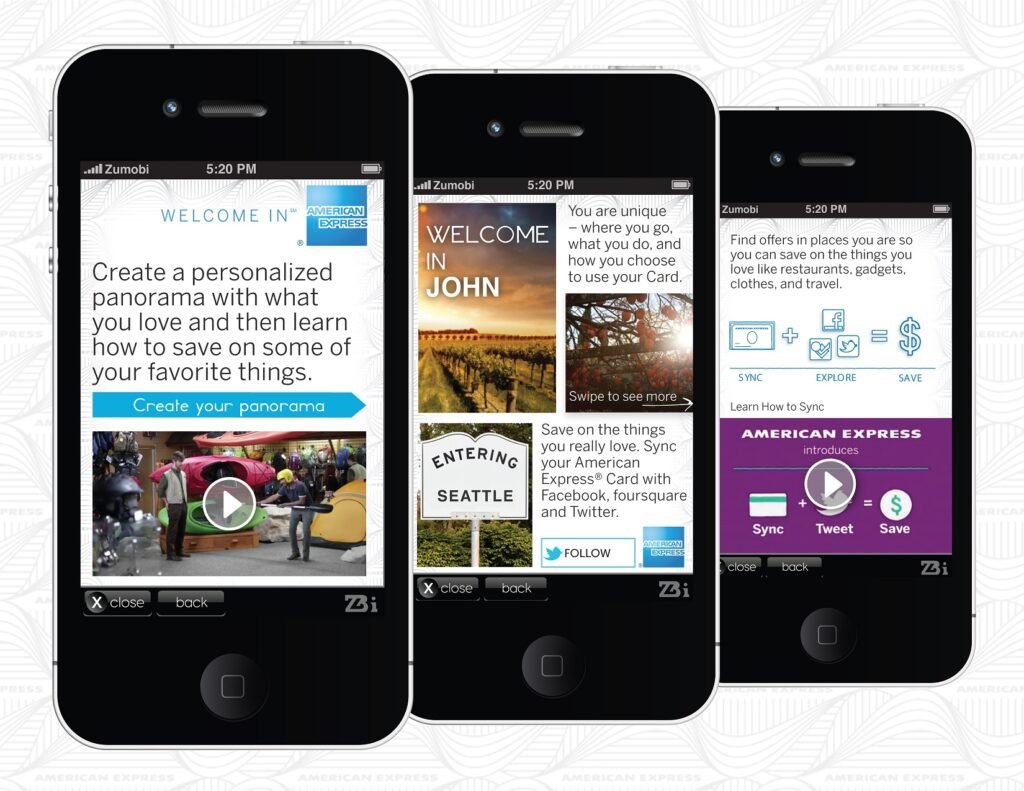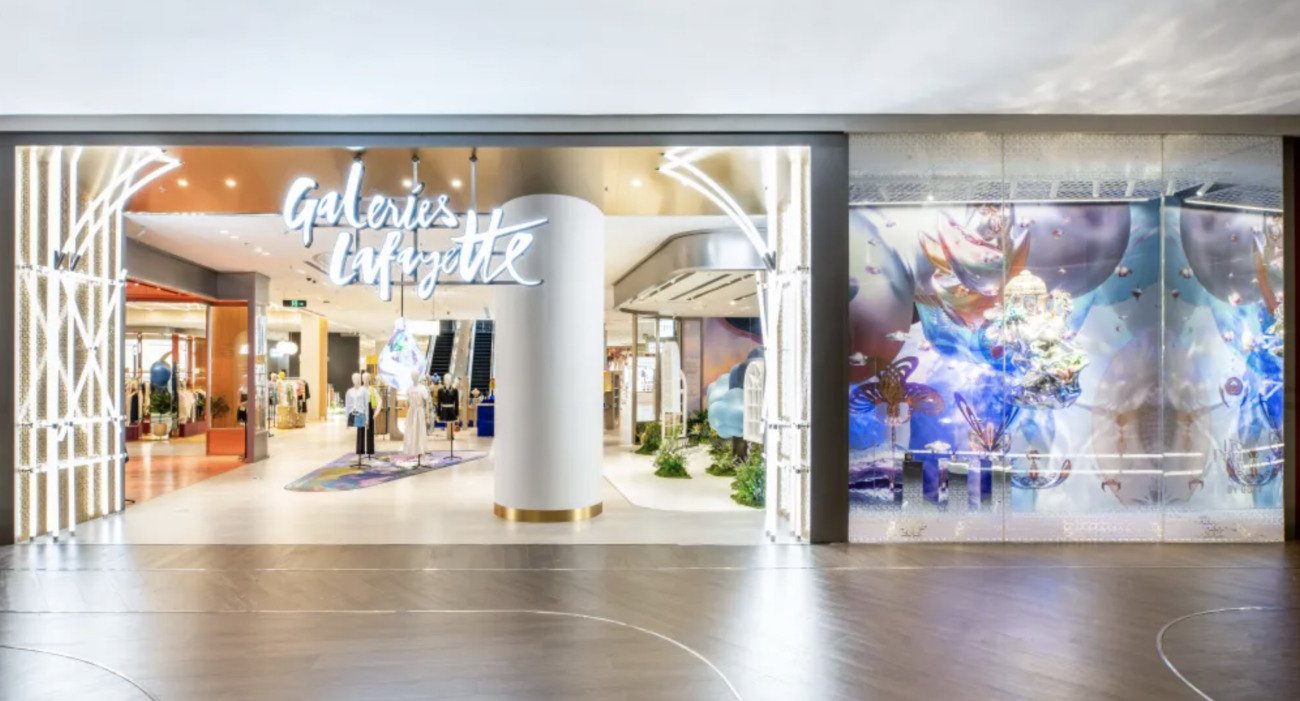How are Millennials Shopping This Christmas?
For Baby Boomers, keeping up with the Joneses was all about tangible, material goods: the swankiest new car, a cutting-edge TV and top-of-the-line home appliances. Their community, composed of neighbours, close friends and colleagues, shaped

For Baby Boomers, keeping up with the Joneses was all about tangible, material goods: the swankiest new car, a cutting-edge TV and top-of-the-line home appliances. Their community, composed of neighbours, close friends and colleagues, shaped the purchases that defined status and success.
Today, though, spending priorities have shifted, and as consumers gear up to spend tens of billions of dollars this Christmas, it requires understanding how and where this shift is taking place. Millennials, who make up more than a quarter of the U.S. population and will have a combined spending power in the US of more than $200 billion annually in 2017, have a different way of defining happiness and success than their parents’ generation.
Because social media networks more broadly define what makes up a ‘community,’ a millennial’s version of keeping up with the Joneses is all about having the best and most enviable experiences to share via online. “Likes” on Instagram and Facebook, retweets on Twitter and audience reach on Snapchat are the ultimate indicators of status.
Social pressures to pursue and share experiences are so strong that people are even going into debt to fund them. Despite financial planners’ pointed advice to the contrary, more than half of U.S. homeowners between the ages of 30 and 34 who have owned a home for three years or more have taken out a home-equity loan, according to results of a Discover Home Equity Loans survey—and most use it to fund short-term expenses like holidays.
This enthusiastic spending extends into the upcoming Christmas season, during which millennials are poised to spend more than any other demographic on a per-person basis. While the average American plans to spend $1,175 over the holidays—a 12 percent year-over-year increase from 2015—millennials will shell out $1,427—up 38 percent from 2015, according to Rubicon Project’s 2016 Christmas Shopping Habits survey. The survey results also conclude that 64 percent of millennials typically buy a gift for themselves, and that the greatest amount of their budget ($364) will be spent on experiences.
So what does this mean for marketers seeking to reach and engage the billion-dollar millennial economy? For starters, the propensity toward experiential expenditures—purchases such as travel, sporting events and concerts—creates tremendous opportunities for the travel, entertainment and leisure sectors to become more heavily involved in marketing to Christmas shoppers.
Marketers must also take pointers from the type of content that millennials are drawn to—personalised video experiences over linear TV—and buying decisions follows a very similar pathway. For example, 92 percent of millennials will actively research their Christmas purchases before buying them in-store, and a majority plan to make mobile Christmas purchases with 4 out of 10 regularly using retail apps in their everyday life. They take greater control of when, where and how they make purchases.
This digital native demographic is so comfortable engaging online and via mobile devices that the Rubicon Project data tells us that more than a quarter of all millennial shoppers plan to avoid brick-and-mortar stores altogether this Christmas, opting to do 100 percent of their shopping online and via mobile devices instead.
For marketers weary of the ever-growing control consumers seem to be taking of the path to purchase, the research does provide a clear pathway forward. Not only are millennials spending the majority of their time online, they are also regularly interacting with the advertising they find there. The majority of respondents report regularly watching full commercials while streaming video online, and nearly a third (31 percent) are making regular purchases based on those online advertisements.
With 75 percent of millennials also watching videos on their mobile device regularly, the good news for advertisers is that they are paying attention to mobile advertising as well. Almost half of millennials report regularly clicking on mobile advertisements and more than a quarter (27 percent) are making purchases based on effective and engaging mobile marketing.
For brands and retailers struggling to embrace the shifting norms of this maturing generation, the bottom line is that the future path to purchase funnel looks dramatically different than it did just a few short years ago. Today, for the millennial consumer it’s a point, click, spend, experience and share world.
Via PSFK
 English
English









